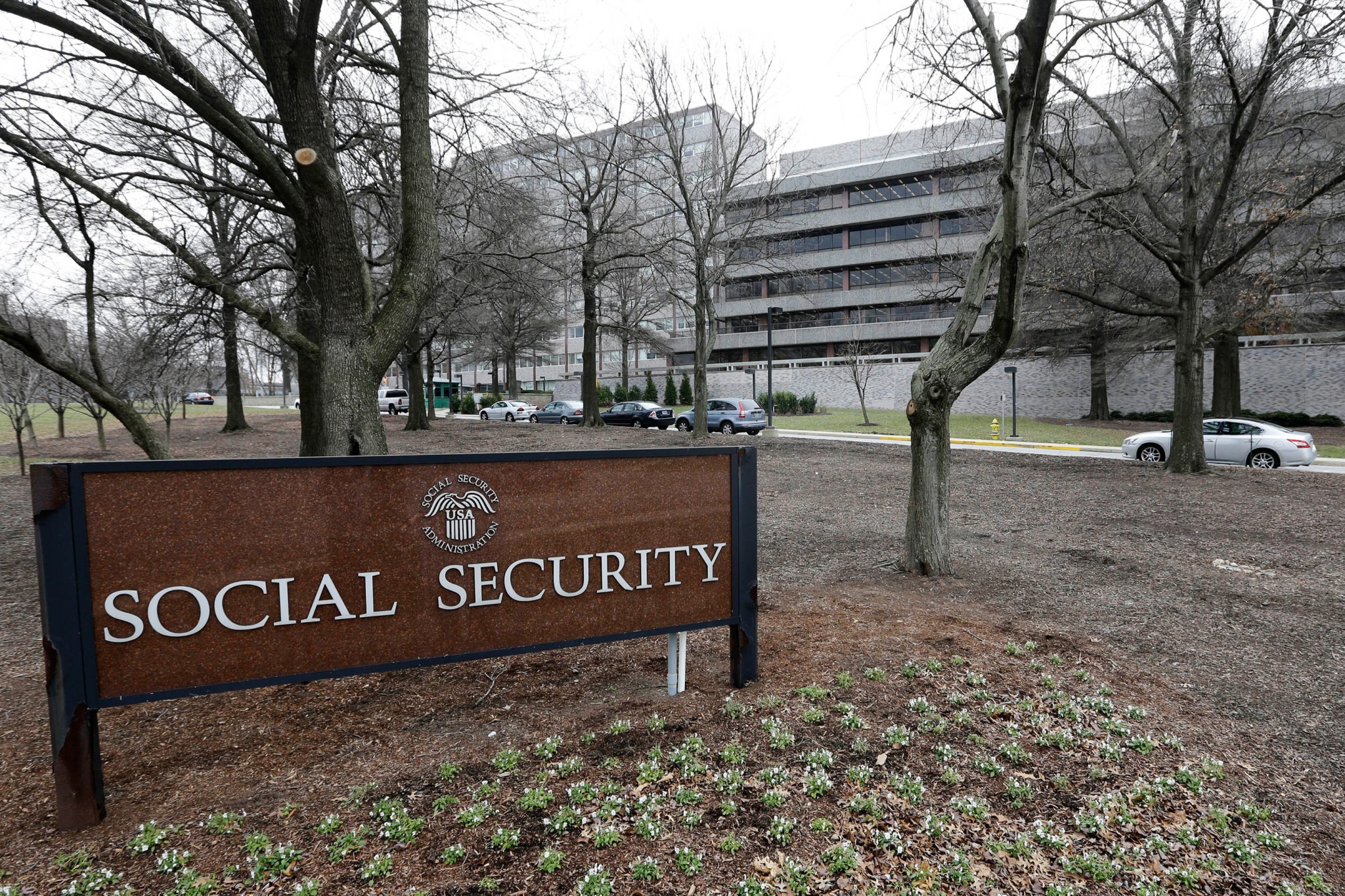**Social Security Benefits to Increase for Nearly 71 Million Recipients Starting January**
The Social Security Administration has announced that benefit increases for nearly 71 million Social Security recipients will take effect beginning in January. Additionally, increased payments to nearly 7.5 million people receiving Supplemental Security Income (SSI) will begin on December 31.
The announcement, originally scheduled for last week, was delayed due to the federal government shutdown.
### Cost-of-Living Adjustment (COLA) Details
The cost-of-living adjustment, or COLA, for retirees and disabled beneficiaries is funded by payroll taxes collected from workers and their employers, up to a set annual salary cap. This cap is set to increase to $184,500 in 2026, up from $176,100 in 2025.
Recipients received a 2.5% COLA increase in 2025 and a 3.2% boost in 2024. These followed a historically large 8.7% benefit increase in 2023, which was driven by record 40-year-high inflation. The smaller increase scheduled for 2026 reflects moderating inflation levels.
The Social Security Administration will notify recipients of their new benefit amounts by mail in early December.
### Concerns from Seniors About COLA Increases
Despite the increases, some seniors feel the COLA does not adequately address the rising cost of living.
Linda Deas, an 80-year-old resident of Florence, South Carolina, shared her concerns, stating, “It does not match the affordability crisis we are having right now.” Deas, a retired information systems network operations specialist who relocated from New York to be closer to family in 2022, noted her monthly rent has increased by $400 in the past two years. She also cited rising costs for auto insurance and food.
“If you have been into the supermarkets lately, you will notice how prices are going up, not down,” she added.
Polling from AARP reveals that many older Americans share this sentiment. Only 22% of Americans over age 50 believe that a COLA of around 3% for Social Security recipients is sufficient to keep pace with rising prices, while 77% disagree. This viewpoint spans political affiliations.
According to the MIT Living Wage Calculator, an adult living alone in Florence, South Carolina, would spend approximately $10,184 annually on housing, $3,053 on medical expenses, and $3,839 on food.
### Perspectives from Advocacy and Administration Officials
AARP CEO Myechia Minter-Jordan described the COLA as “a lifeline of independence and dignity for tens of millions of older Americans.” However, she acknowledged that even with inflation-adjusted income boosts, “older adults still face challenges covering basic expenses.”
Social Security Administration Commissioner Frank Bisignano emphasized that the annual COLA “is one way we are working to ensure benefits reflect today’s economic realities and continue to provide a foundation of security.”
Emerson Sprick, director of retirement and labor policy at the Bipartisan Policy Center, noted, “Cost-of-living increases can’t solve all the financial challenges households face or all the shortcomings of the program.”
### Recent Challenges within the Social Security Administration
The COLA announcement comes amid a period of turmoil within the Social Security Administration. Over the past year, thousands of workers were terminated as part of the Trump administration’s effort to downsize the federal workforce.
Controversial statements from former officials have raised concerns about the program’s future. For example, Treasury Secretary Scott Bessent clarified in July that the Republican administration remains committed to protecting Social Security, shortly after suggesting a new children’s savings program could lead to privatizing Social Security.
In September, Commissioner Bisignano had to retract comments suggesting the agency was considering raising the retirement age to help shore up finances. He clarified, “Raising the retirement age is not under consideration at this time by the Administration.” However, he added that “everything’s being considered” to maintain the old-age program’s solvency.
### Efforts to Support Seniors Amid Looming Solvency Issues
The Social Security program faces a looming bankruptcy date unless addressed by Congress. The June 2025 Social Security and Medicare Trustees’ report projects that Social Security’s trust funds, which cover old age and disability benefits, will be unable to pay full benefits starting in 2034. At that point, benefits would be reduced to approximately 81% of current levels.
Social Security benefits were last reformed around 40 years ago, when the eligibility age increased from 65 to 67.
Although a permanent solution has yet to be enacted, recent policies under both the Trump and Biden administrations have introduced new benefits expected to improve retirees’ finances.
The Trump administration included a temporary tax deduction for seniors aged 65 and older as part of Republican tax and spending legislation. However, this deduction excludes many low-income seniors who do not pay taxes on Social Security, those claiming benefits before age 65, and higher-income seniors above a certain threshold.
In 2024, former President Joe Biden repealed two federal policies—the Windfall Elimination Provision and the Government Pension Offset—that previously limited Social Security payouts for roughly 2.8 million people, many of whom are former public workers. These repeals, however, have accelerated the program’s insolvency timeline.
Sprick commented, “There have been longstanding questions about whether benefits are adequate for low-income seniors, which should inspire urgency among policymakers to work toward broader reforms instead of ignoring Social Security’s long-term solvency.”
—
As Social Security benefits increase modestly for 2026, ongoing challenges highlight the urgency for comprehensive and sustainable reforms to ensure the program continues supporting millions of Americans in the years to come.
https://fortune.com/2025/10/24/social-security-cola-cost-of-living-adjustment-payment-increase-2026-inflation/



